REVIEW – What if you took the Yeti USB microphone and took a shrink ray to it? That was my thought when I saw the Blue Yeti Nano microphone. But how does it sound, and what features would be missing from the smaller package? I tried out the Nano to find out.
What is it?
The Yeti Nano is a high-quality USB microphone designed for professional podcasting that comes in four different colors.
Hardware specs
Power Required/Consumption: 5V 150mA
Sample Rate: 48kHz
Bit Rate: 24bit
Capsules: 2 Blue-proprietary 14mm condenser capsules
Polar Patterns: Cardioid, Omnidirectional
Frequency Response: 20Hz – 20kHz
Sensitivity: 4.5mV/Pa (1 kHz)
Max SPL: 120dB (THD: 0.5% 1kHz)
Dimensions (mic w/stand): L: 4.29” (10.9cm) W: 3.78” (9.6cm) H: 8.31” (21.1cm)
Weight: 1.39lbs (0.63 kg)
Headphone Amplifier
Impedance: >16 ohms
Power Output (RMS): 130mW
THD: 0.009%
Frequency Response: 15Hz – 22kHz
Signal to Noise: 100dB
System Requirements
Operating System: Windows 7, 8.1, 10 or macOS (10.10 or higher)
USB Compatibility: 1.1/2.0/3.0
What’s in the box?
Yeti USB microphone (including desktop stand), USB cable, 3/8” to 5/8” adapter
Design and features
The Nano really does look like a smallish version of the regular Yeti. It comes attached to a handsome desk stand.
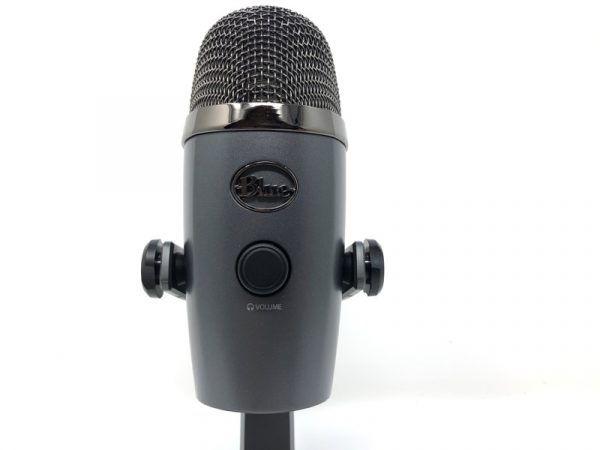 The only control on the front is a volume knob. It also doubles as a mute button.
The only control on the front is a volume knob. It also doubles as a mute button.
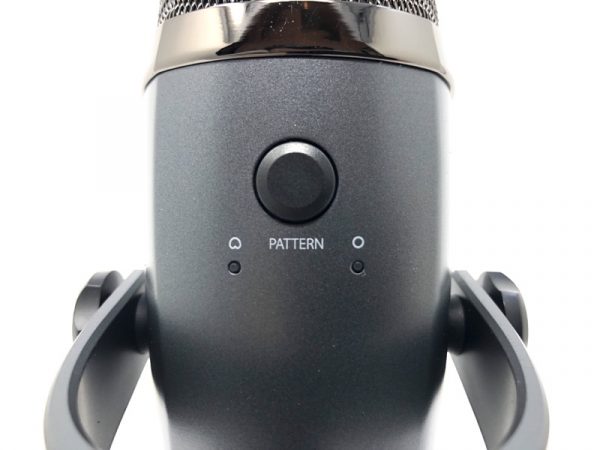
There’s only one button on the back to select between microphone patterns. You can choose between cardioid or omnidirectional.
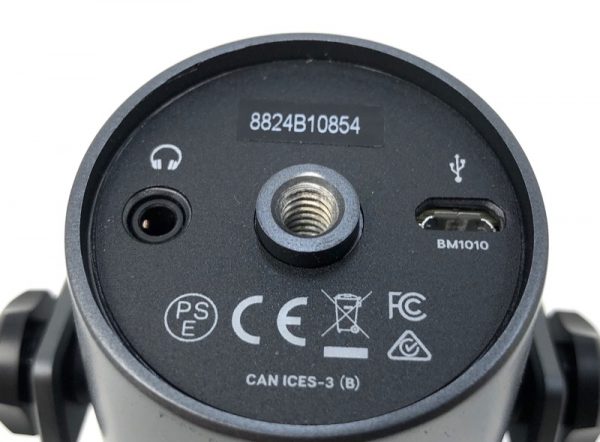
I was elated to find a threaded adapter on the bottom for boom stand users like me. There’s also a low-latency headphone jack and a microUSB port.
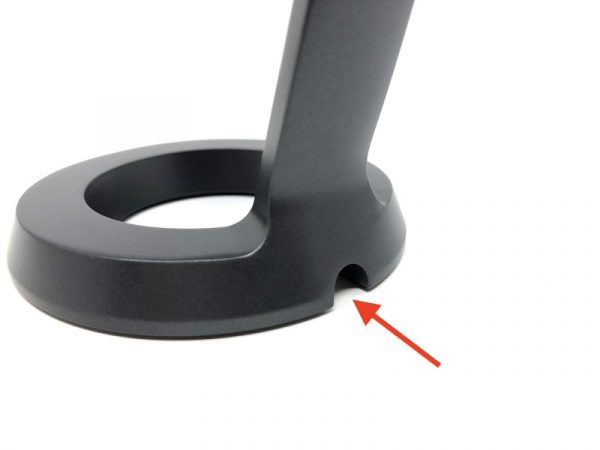
Here’s a nice design feature: There’s a notch at the base of the stand to allow your cables to exit gracefully. I like it!
Blue was good enough to include a threaded adapter so you can use a standard microphone stand.
Setup
The Nano was detected by my Apple laptop without issue. Once powered up, the volume knob turns red for mute, and green for on. Pressing the rear button toggles between mic patterns.
Performance
I returned to my recording booth and placed the Nano next to my studio mic, the Neumann TLM103 connected to a tube preamp.
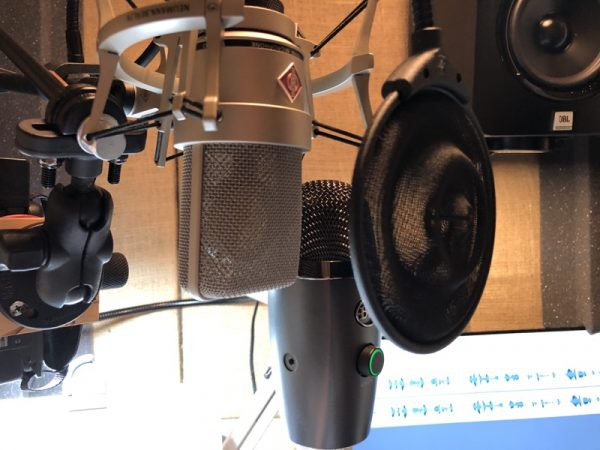
Then, I spoke an excerpt from “Mrs. Frisby and the Rats of NIMH” and recorded on both mics simultaneously. No processing was done whatsoever. The Nano was plugged directly into the computer with no further modification.
What I like
I have no complaints about the sound quality of the Nano- unless I compare it to my studio mic. It’s a very unfair comparison because my Neumann mic setup plus tube preamp costs over 10x as much vs. the Nano. However, there’s a LOT of fiddling involved to get my studio setup dialed in just so. There’s virtually no setup at all with the Nano. It is the closest thing to plug and play.
I also noticed that the Nano “only” comes with two mic patterns (cardioid and omni), but it’s all most podcasters or voiceover artists would need. If you need a figure-8 pattern for interviews with a single mic, you’d be better off with the standard Yeti.
What needs to be improved
None. For this price, it’s hard to go wrong.
Final thoughts
If you’re looking for a starter USB mic that has everything you need and nothing you don’t, the Yeti Nano is a fine choice.
Price: $99.99
Where to buy: Blue Designs and Amazon
Source: The sample of this product was provided by Blue Designs.

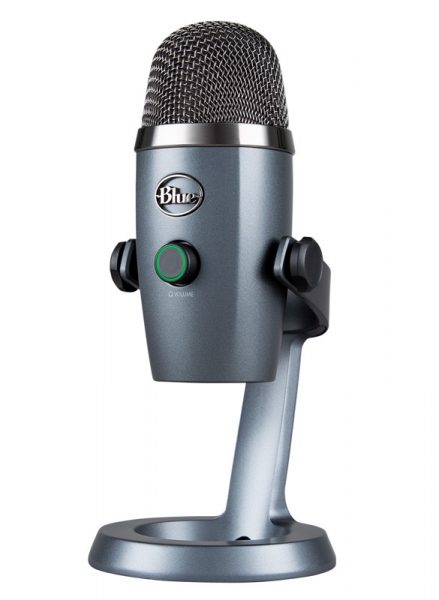
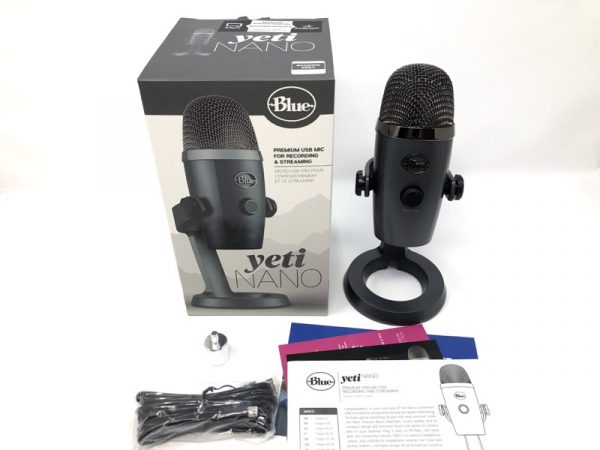
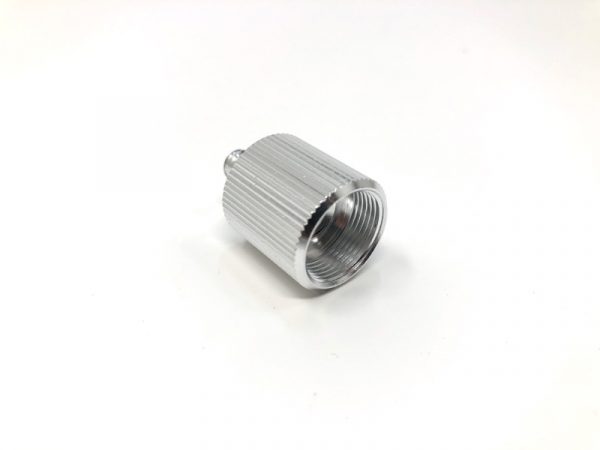
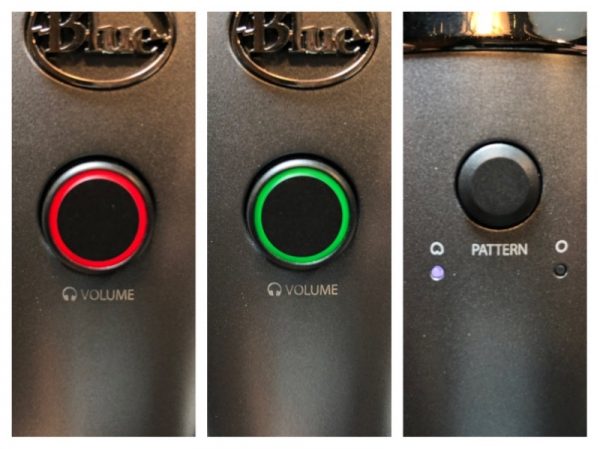


Gadgeteer Comment Policy - Please read before commenting
I could listen to your voice all day! It’s dreamy 🙂 And no, I’m not making fun of you.
You stahp
Please read all my books to me forever.
what kind of cord does it use? Is it a basic usbc to usb cable, or is it a specific kind of cord?
It is MicroUSB to standard USB. Nothing special.